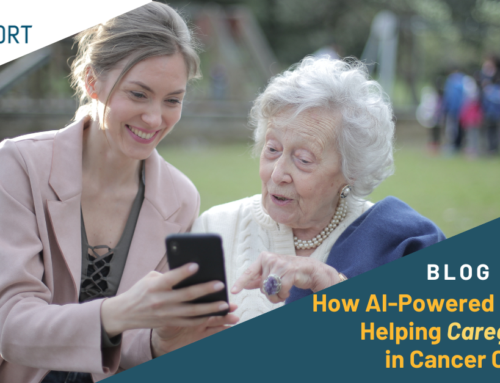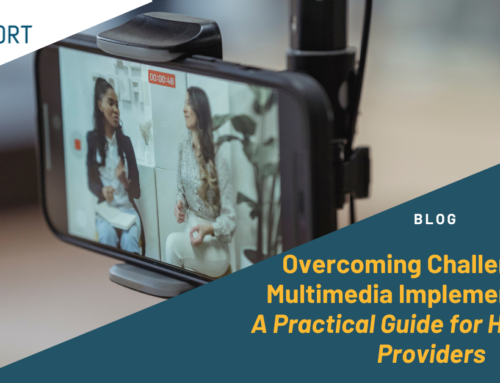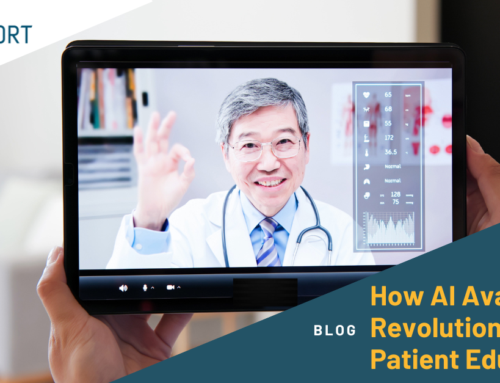How To Evaluate the Impact of Medical Videos for Patients
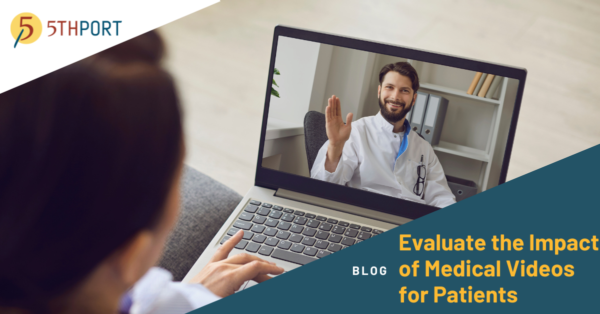
This is the sixth installment in our series on the power of medical videos for patients, and multimedia tools in patient engagement. So far, we’ve explored how interactive content and customized videos transform patient education.
Now, let’s tackle an equally important question:
How do you know if it’s actually working?
Creating great educational content is just the first step. To truly improve patient experiences and support clinical teams, we need to track the impact of medical videos for patients and multimedia tools in real time. Here’s how leading healthcare organizations are doing just that.
The Top Metrics to Track Success of Medical Videos for Patients
1. Engagement Rates
Are patients watching the videos all the way through? How much time are they spending with your content? High engagement often means stronger comprehension and better preparation.
With platforms like 5thPort, you can automatically track clicks, time spent, and completions. And if patients are rewatching or spending longer than expected on a video, that signals something too—possibly a more complex topic, language mismatch, or comprehension issue. That insight allows you to respond quickly and adjust accordingly.
In fact, recent research by the National Institute of Health (NIH) shows that visual interventions like medical videos for patients significantly outperform traditional methods in improving health literacy, with one meta-analysis reporting a large effect size favoring video-based education.
Other additional studies confirm that medical videos for patients that are watched before a procedure, report lower anxiety levels and greater satisfaction with care.
2. Patient Feedback
Asking patients what they think—right after they’ve watched a video—is one of the simplest and most effective ways to improve your content. Was the video clear? Was anything confusing?
But even better: With digital engagement tools like 5thPort, patients can ask questions directly within the content of their eConsent forms. These notes get routed back to the provider in real time, creating a powerful loop of communication and continuous improvement. This is especially important when delivering medical videos for patients covering complex procedures or risks.
3. Comprehension Scores
Engagement is great. But do patients really understand what they just watched?
Medical videos for patients embedded with short quizzes, knowledge checks, or teach-back questions offer valuable, measurable insight. A study published in Cancer found that comprehension of key medical terms significantly increased after patients viewed an educational video—for example, understanding of “incontinence” rose from 14% to 50%, and “impotence” from 58% to 84%.
You’ll know if a patient is retaining key information—and where you might need to reinforce certain concepts.
5thPort is unique in the market in that it takes this a step further with built-in teach-back scoring, giving providers a clear picture of each patient’s true comprehension. These scores help identify whether critical information has been absorbed—and if not, where additional support is needed. It’s an essential tool for turning passive viewing into active understanding of even the most complex medical videos for patients.
Why 5thPort Stands Out
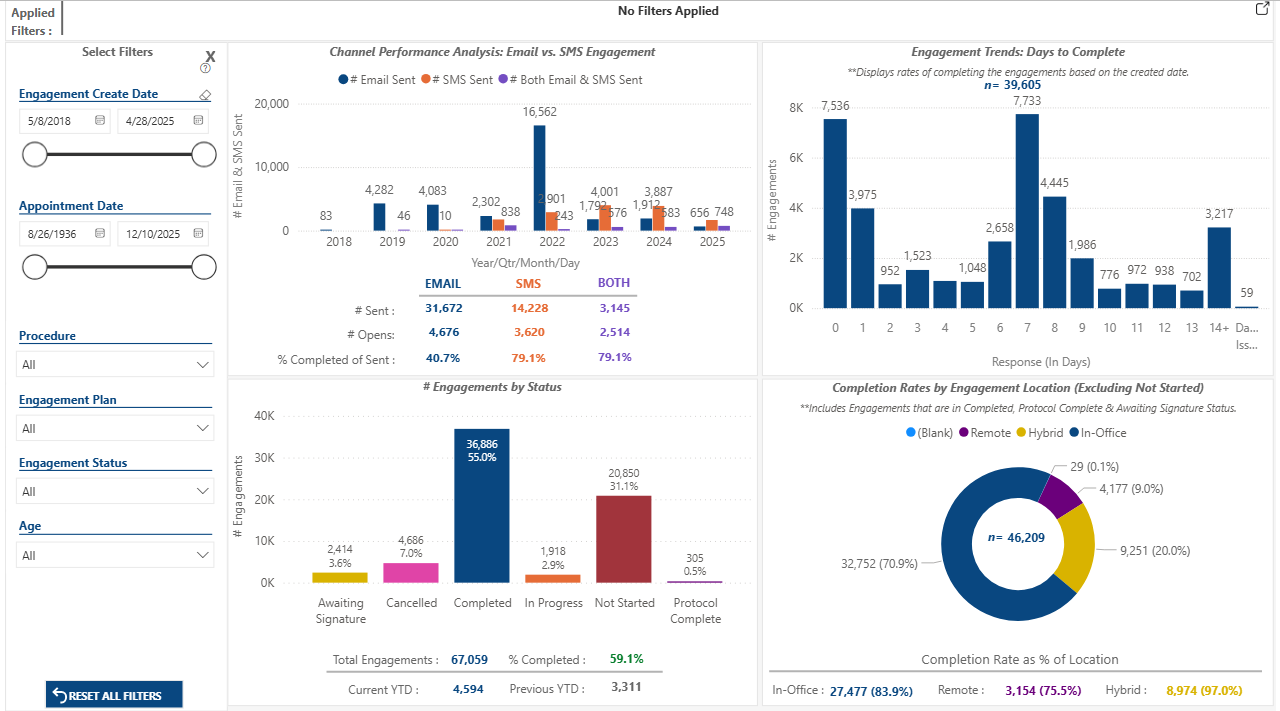
Patient Engagement Dashboard
Multimedia education platforms have been shown to improve comprehension and reduce anxiety, especially in complex care spaces. (ScienceDirect)
5thPort doesn’t just deliver healthcare videos—it measures their effectiveness automatically. With built-in tracking, you can:
- See who finished which video
- Track quiz results to assess understanding
- Collect patient feedback instantly
- Change, replace or remove medical videos for patients that haven’t been well-received
And because everything is integrated into a single platform, your team can make data-informed decisions without extra work or switching between tools.
The Future of Patient Education is Measurable
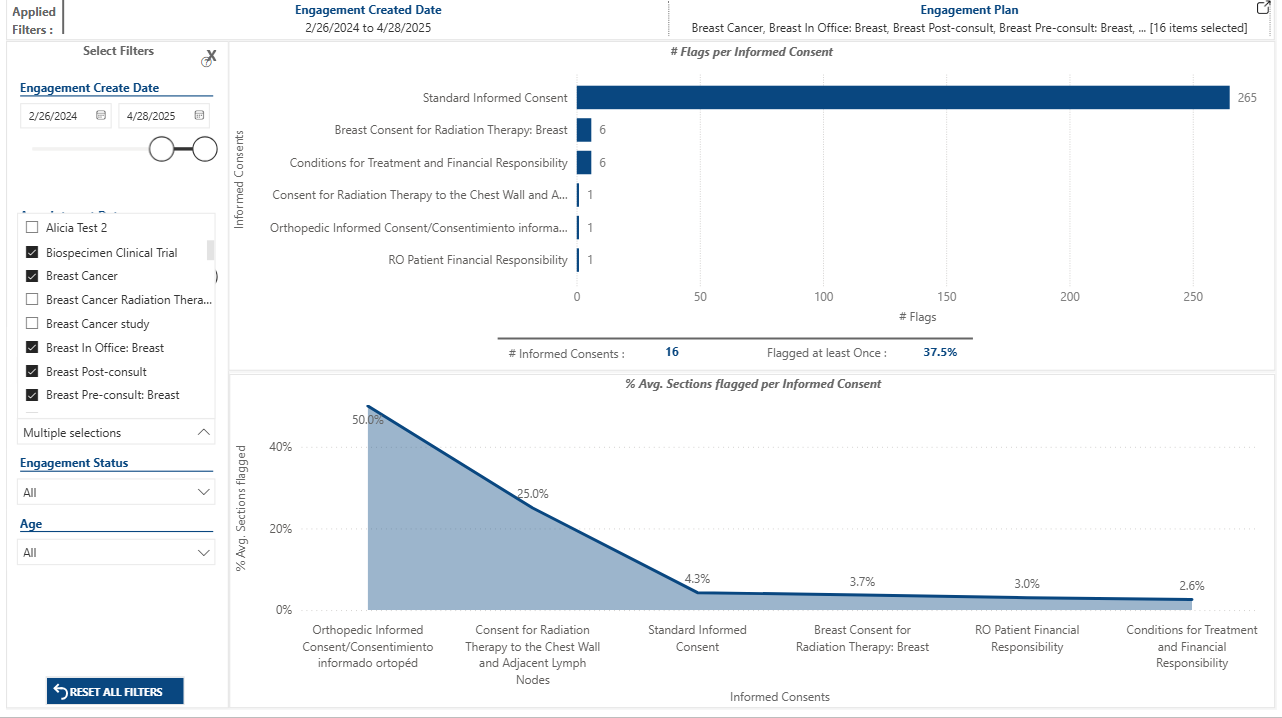
Patient Engagement Dashboard
Healthcare is moving fast. Guesswork doesn’t cut it anymore.
If you want to truly support your patients—and your staff—you need to measure what’s working, learn from it, and keep improving.
The “picture superiority effect” proves that people retain information better when it’s presented visually—further validating the use of medical videos for patients to support comprehension and adherence. (The Behavioral Scientist)
Ready to reimagine what Patient Education should look like?
Schedule a 5thPort demo today and explore how medical videos for patients can transform how well patients learn about their own health.
